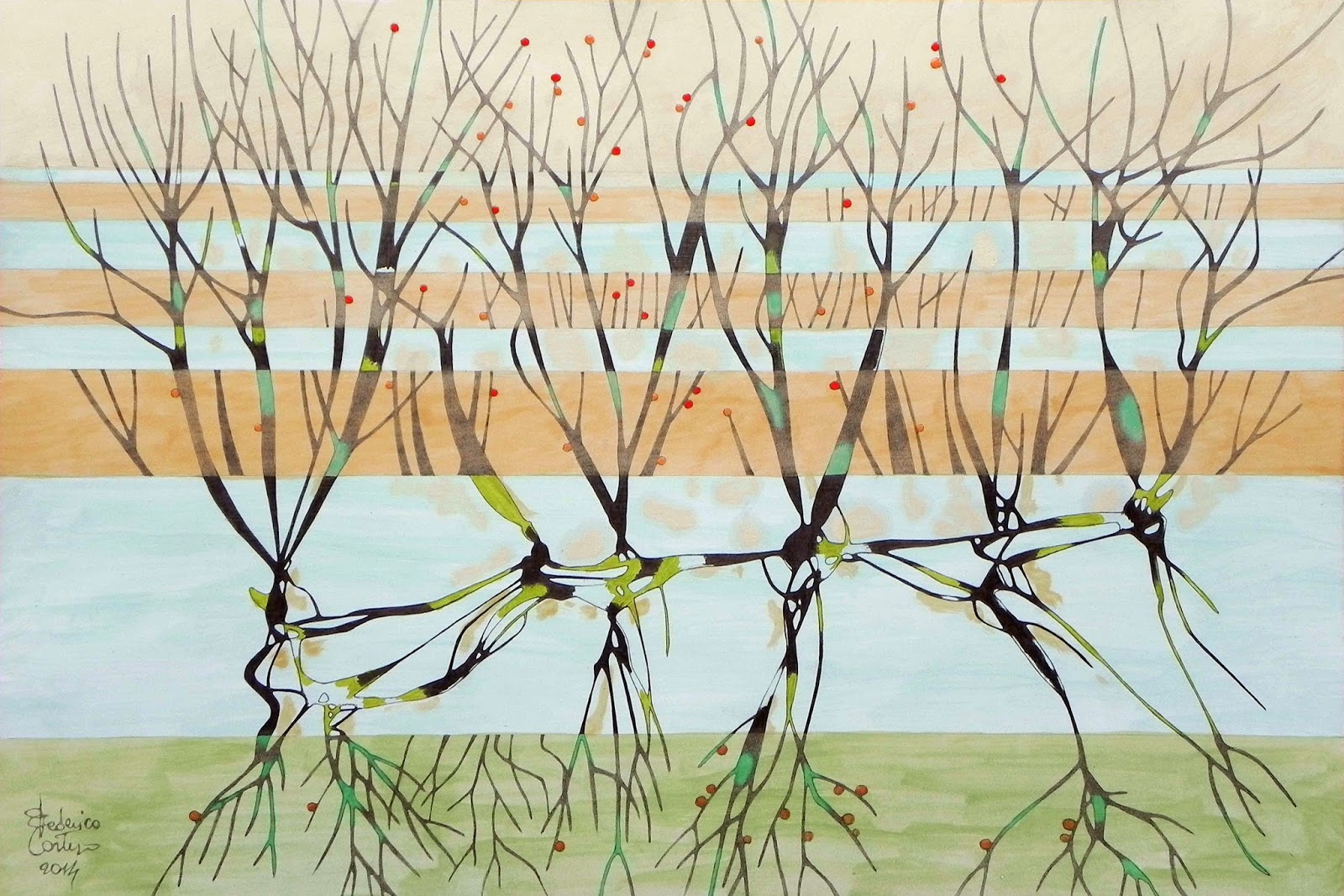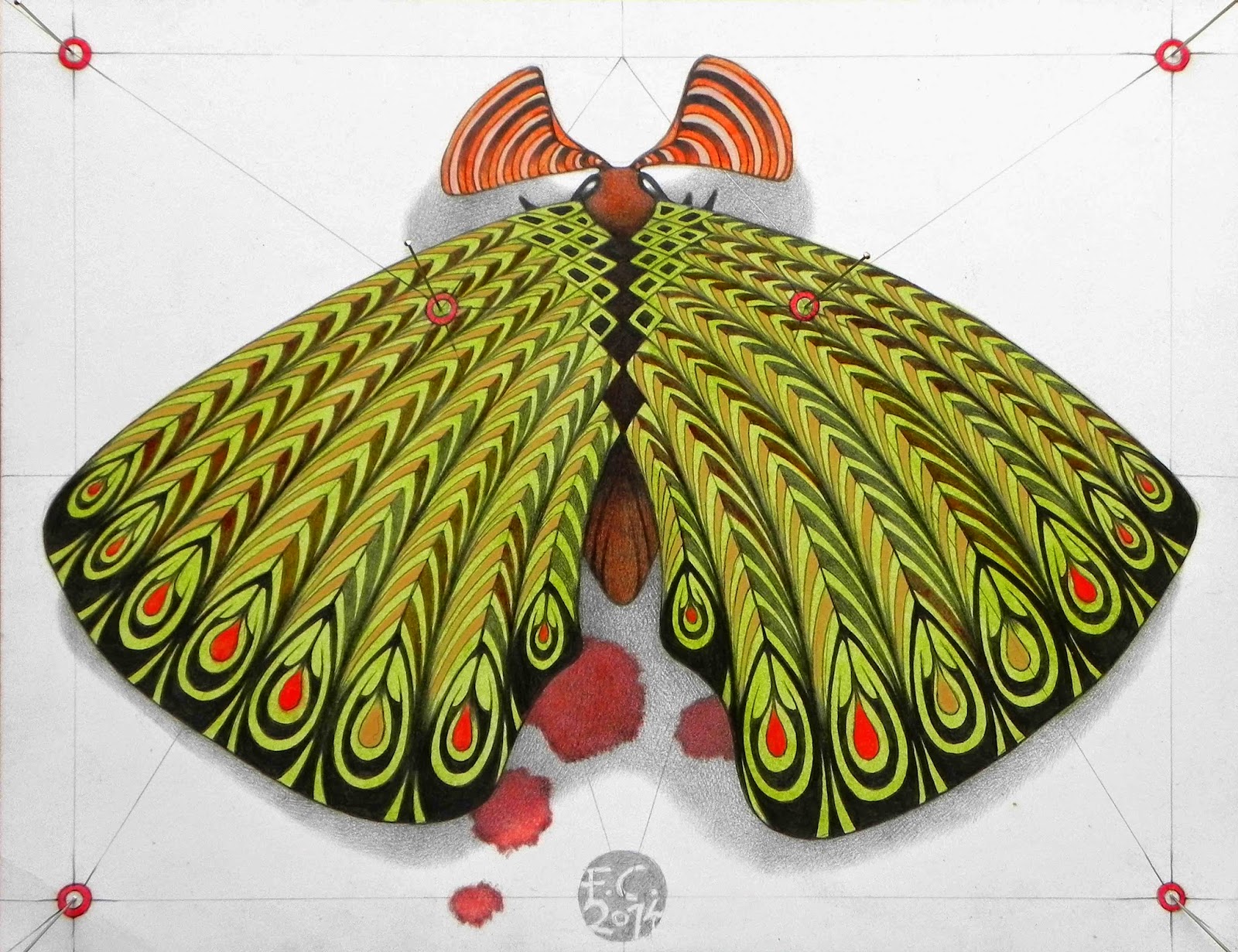I was born in 1971 in Turin, where I live
and work as an independent artist and as an architect, collaborating with
several design offices.
In my artistic
research I am mainly interested in the study of language. Every language is
created with the purpose of communicating information. But each language also
has formal rules stemming from the purpose for which it is used. Is it possible
to isolate from one language only its formal rules, as if they were a
decoration? And what happens if I apply that structure to another language? How
its meaning will change? What will remain of the original meaning of the
language?
When we
consider a road map or a map of the territory we note that they contain
different information that are represented by different means, according to the
purpose for which they were created: each time we find colors, symbols and
words that recall a precise meaning. What happens if I take these techniques of
representation, these symbols, and take off the scope for which they were created
and mingle them with each other? Will it be for the reader a text in a foreign
language, that is meaningless, or through the world of associations and
references that each of us possesses, will generate a new language?
In another
example, a bar code is nothing but the representation of a series of numbers
through lines of different thickness. Is it possible to extrapolate from that
language his formal structure in order to develop a new language? This new
language will be able to generate new meanings? To do this you can work on
formal rules, studying possible changes and developments, increasingly moving
away from the point of departure.
In my drawings
I try to apply this process of work. The subjects of my study are the
cartographic representation, the figures in the manuals of medicine, the sheets
of the herbals with their rules for the
classification of the plants, the ancient manuals that collect all the known
form of real and imaginary animals, the facial expressions and physiognomy, the
pornography, the structure of flags, and so on. All these are languages owning
their own lexicon; my trial is to isolate and reinvent that lexicon.
In the oil
paintings something different happens. I usually paint on canvas when I need to
tell a story. Often this story takes origin form something that is related to
my personal experience, or from my real life, something I’ve read, someone i’ve
known. This is why the most part of my canvases aren’t part of a series but are
isolated narrations.
My preferred
techniques are classic oils on canvas paintings, and pencil drawings that I
paint afterwards with oil colors. In both cases the work proceeds always
sedimenting several layers one on the other.

.JPG)
.JPG)
.JPG)
















